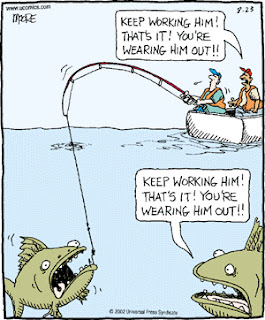When fishing shallow strike to the side, the opposite direction to the wind. When fishing deep strike vertically. This should ensure good contact of the hook with the fish.
- Arrange your shot pattern so that from the bottom, there is progressively a greater distance between the shot. This should reduce tangles.
- There should be a maximum of one third of your shot between the float and the hook. The rest should be locking the float in place.
- Try using combinations of bait such as sweetcorn and maggot to target the bigger fish.
- To remove nuisance fish such as small roach try fishing deeper or using a bigger bait on the hook.
Happy New Year!








